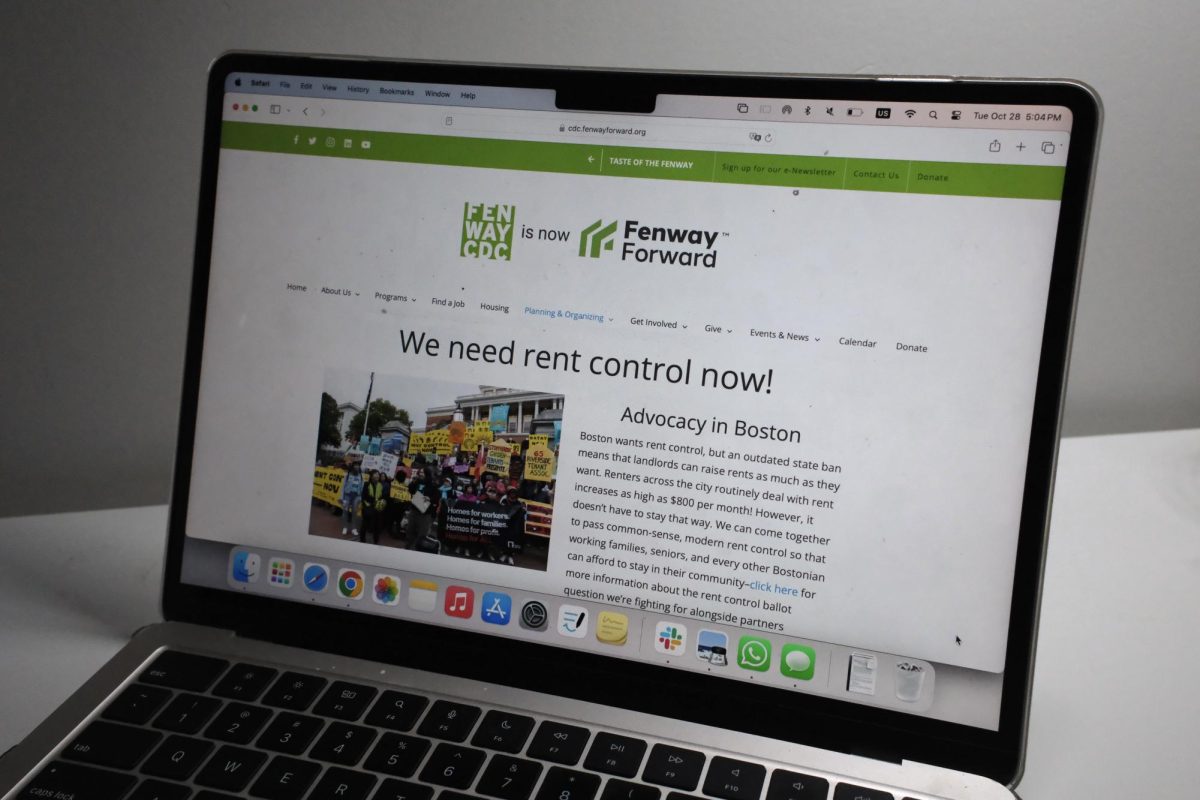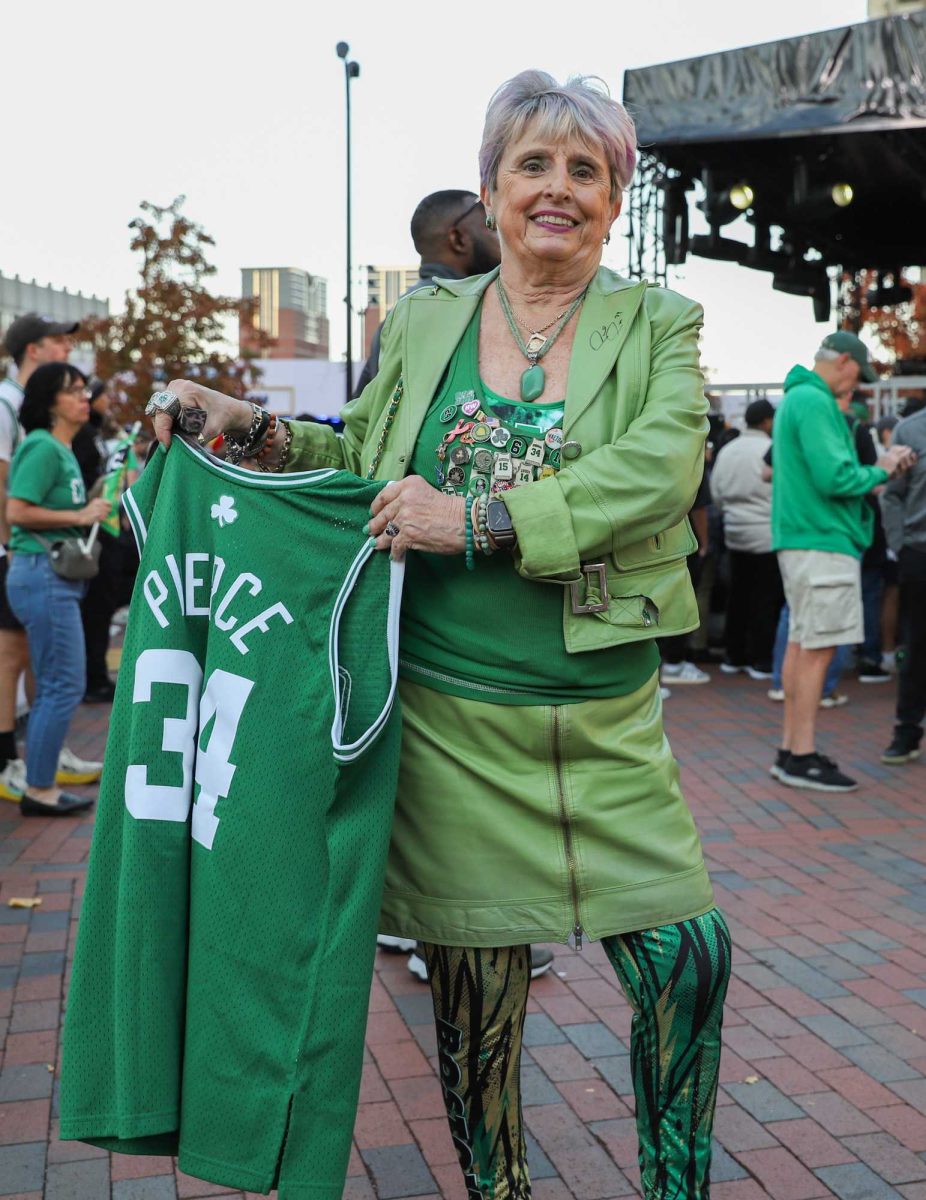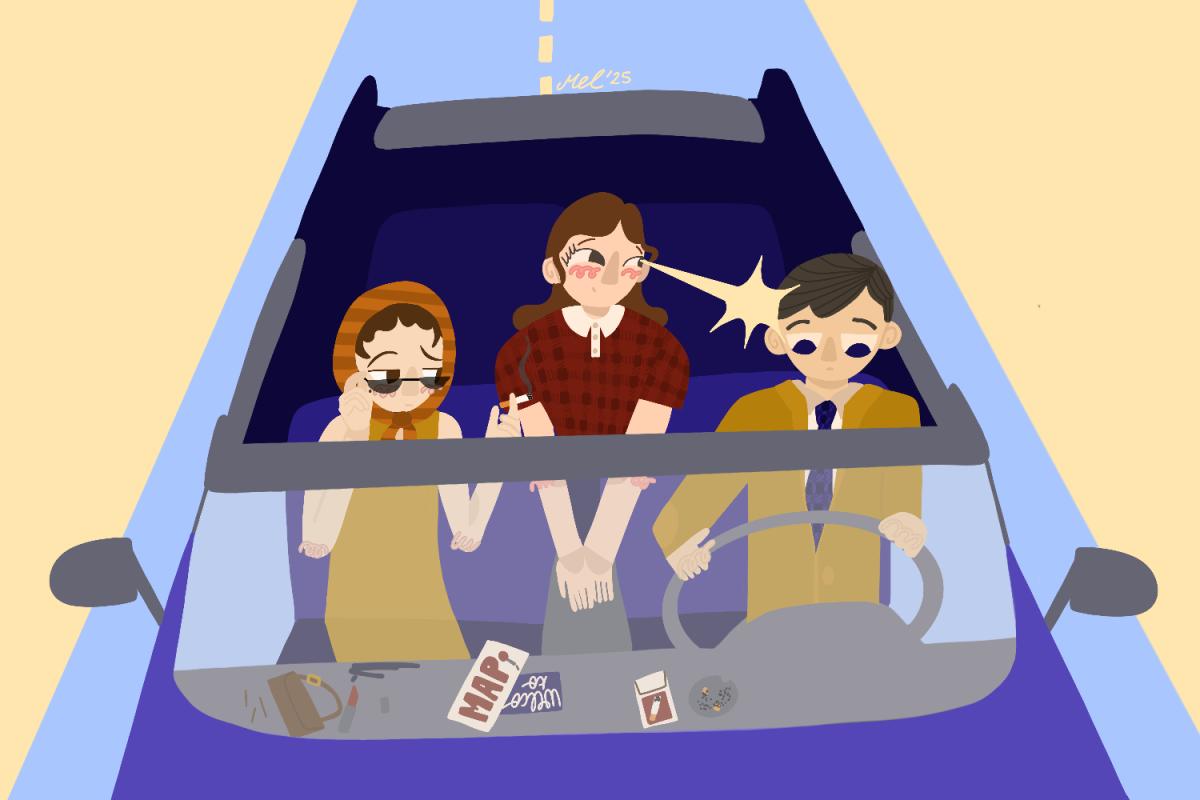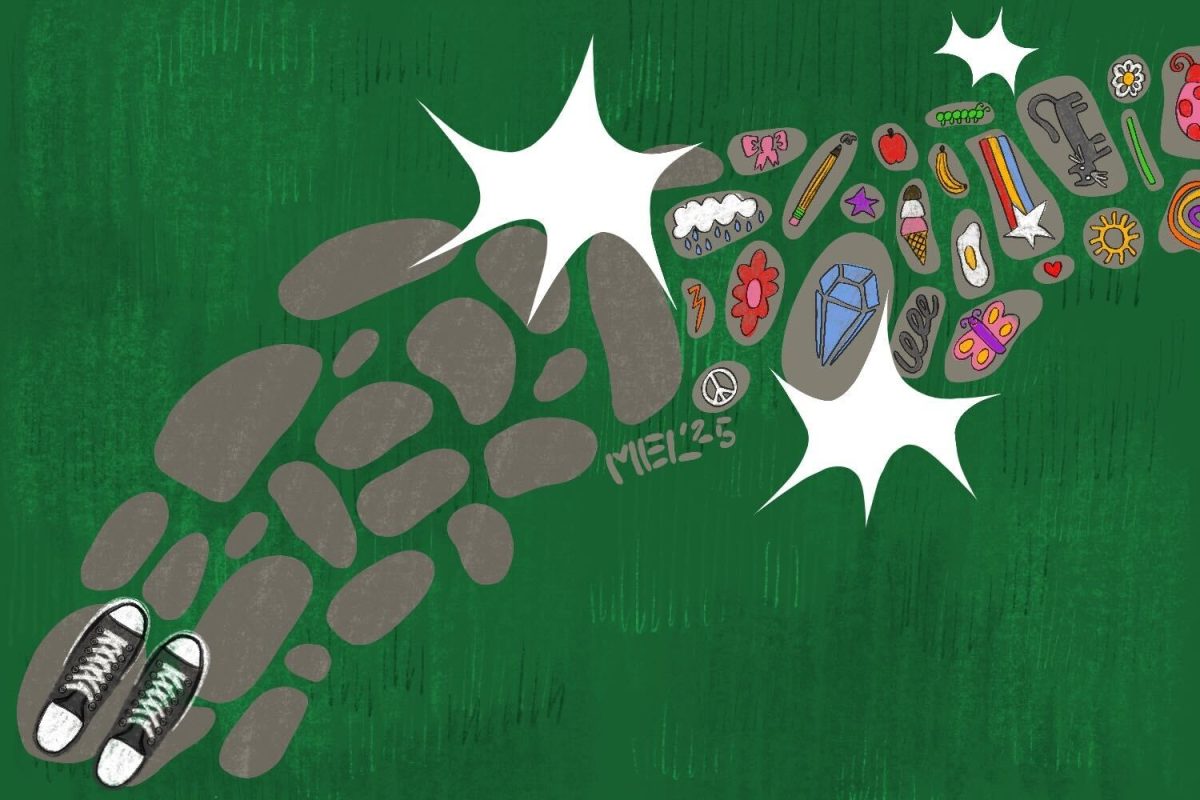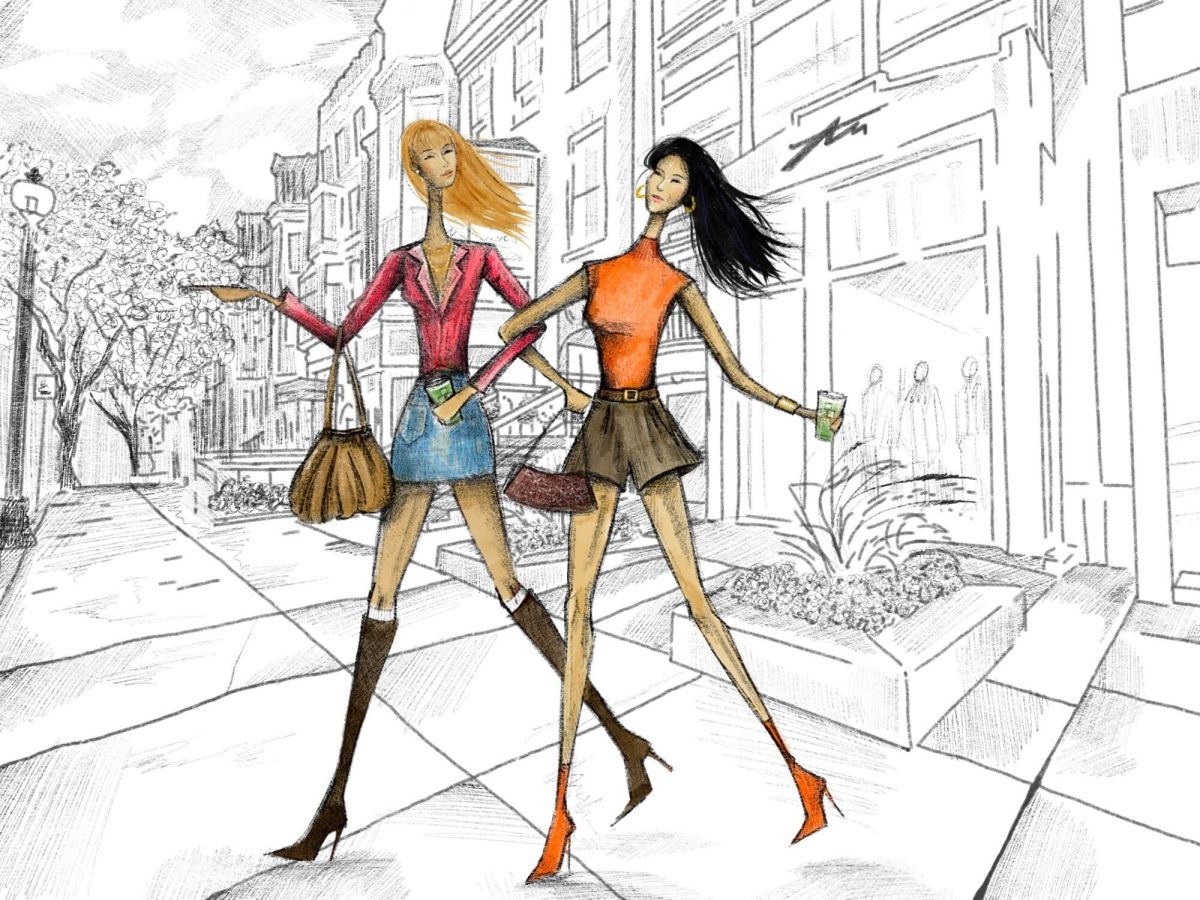The Boston University Arts Initiative’s latest public installation by the George Sherman Union on Commonwealth Avenue is accessible for all to see while walking to class as of Oct. 8.
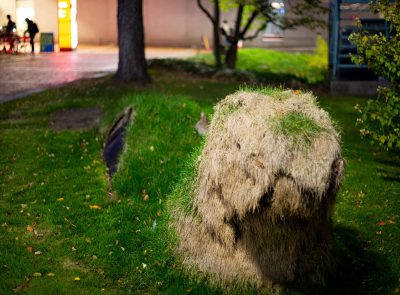
As if rising out of the ground, the installation “Caution: Cultural Emergency” by artist Erin Genia portrays the water monster “Unktehi” from the Dakota people’s origin stories known as ohankanan. Genia said Unktehi is “a spirit that can get disturbed by human behavior.”
The installation explores the intersection of climate change, the destruction of the ecosystem and the displacement of Indigenous peoples. Genia said the sod monster also comments on the land it’s on — Indigenous people have been removed from this area, and BU may one day be partially underwater as the climate crisis worsens.
“I wanted to just create a piece that would bring those different elements together using sod because I thought if I could make something that is emerging from the ground, it really has the ability to talk about that site in particular,” Genia said.
Genia, a member of Sisseton-Wahpeton Oyate/Odawa, earned her master’s in art, culture and technology from Massachusetts Institute of Technology and is one of Boston’s artists-in-residence this year, creating the project “Cultural Emergency Response” and the speaker series “Confronting Colonial Myths in Boston’s Public Space.”
Genia’s sculpture on BU’s campus is made with layers of sod and dirt, representing the land used to fill in the marsh that once used to thrive in Boston, said Ty Furman, the managing director of BU Arts Initiative.
The sculpture is part of the BU Arts Initiative’s sponsored series “Indigenous Voices in the Americas” — a program aimed to highlight Indigenous artists from across the Americas. Genia’s installation was made possible through a collaborative sponsorship between the Arts Initiative and the American and New England Studies Program.
Furman said “art is a phenomenal mechanism” to change the narrative around Indigenous peoples.
“There’s a growing awareness and acknowledgment of the erasure of Indigenous history,” Furman said. “There were peoples and communities and societies before what we now have, and what can we learn from that? I don’t know that we can ever fully exonerate ourselves or fix the damage that was done, historically.”
Genia’s idea for the installation came to her after Furman gave her a tour of campus and she saw the line that runs along the sidewalk in front of BU Hillel, which signifies where the earliest recording of the Charles River’s shoreline reached before landfill was used to create the Boston we know today.
“I started really thinking about that and thinking about Boston as a ground zero site for climate change,” Genia said after seeing the shoreline signifier. “I had done some work around mapping the city and thinking about different areas that are going to be or projected to be underwater due to climate change as part of my residency.”
The sculpture, like her previous work, draws on her native heritage particularly with her choice to incorporate a flag over the installation. The flag is of the Dakota Morning star symbol, but the inspiration for the colors comes from her time at the Boston Office of Emergency Management.
Genia said it was the first time she created with sod, and the process required “a lot of research about how to work with sod and what kind of things would be involved in it.” The artist only had a one-day window to install the sculpture, she said, but she and her son were able to install it with the help of BU Facilities.
Genia added that her work with the City of Boston and her sculptural installation at BU has given her an interest in continuing to create public art centering around important issues such as climate change, native rights and land — all of which the Unktehi sculpture highlighted.
“It was a really pivotal piece for me,” Genia said. “There’s just something about that process of being on site and thinking about the different implications in the legacy of history and ecology.”

